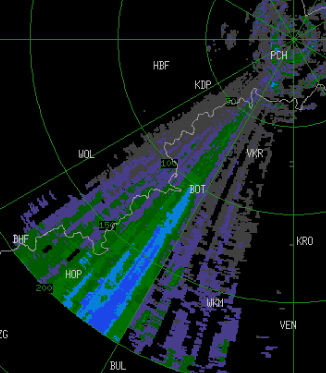

Home monitoring is perhaps the simplest implementation of Wi-Fi sensing. The ubiquity of Wi-Fi makes the technology an attractive platform for new business opportunities, and there are already several exciting use cases for sensing-capable Wi-Fi networks. Conversely, the fine resolution required by gesture recognition lends itself to millimeter wave signals. Applications that don’t rely on resolution but do need some range are best served by the 2.4, 5, and 6 GHz bands. Image Credit: Wireless Broadband AllianceĪccording to The Need for Enabling Touchless Technologies, the IEEE 802.11 Working Group is working on an amendment to the standard to support Wi-Fi sensing on the 2.4, 5, 6, and 60 GHz frequency bands. Current approaches to Wi-Fi sensing like Cognitive System’s 2017-era Aura and Linksys’ Aware platform proved the technology works. As a result, gaps in today’s infrastructure limit the range of what Wi-Fi sensing can do, leaving a lot of untapped value waiting for industry consensus. The technology behind Wi-Fi sensing is relatively new, and there aren’t any standards governing its implementation. Or if there is no movement when grandma should be stirring, a notification might get pushed to her care provider.

Depending on the application, those changes might include motion when there shouldn’t be any, triggering a security alert. By processing signals from the myriad Wi-Fi devices transmitting and receiving all around you, Wi-Fi sensing detects environmental changes. Wi-Fi sensing offers a compelling alternative for keeping an eye on the kids after school, caring for elderly relatives remotely, and collecting biometric measurements with a bit of anonymity.


 0 kommentar(er)
0 kommentar(er)
